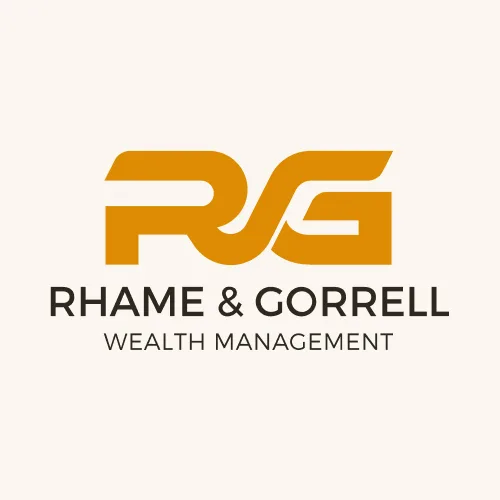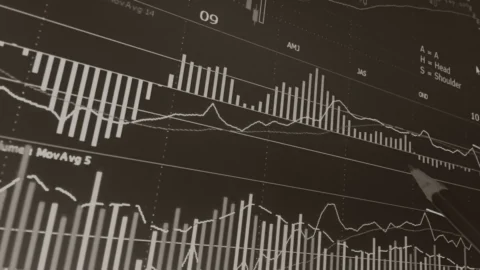RGWM Market Thoughts – August 6, 2018
The calendar turned to August and “the most wonderful time of the year” for parents (back to school) is on the horizon. The US market is singing the same song, especially in relation to other markets around the world. Over the past two weeks the correlations of US equities have materially broken down against German and Chinese equities, commodities and high yield. While this is a small sample size, it bears watching if the relative weakness of these markets ultimately finds its way to the US. It pays to keep your eyes open this month – the 1998 Russian financial crisis, 2011 U.S. Credit downgrade, and the 2015 “Flash Crash” all happened in August.
Economy
The major news last week was the release of the employment report, which showed additions slightly below expectations for the month but revisions to May’s and June’s numbers added another 59,000 jobs, so the net effect was minimal. Wages increased 2.7% last month from the same time last year. We think this is a more important metric to monitor as it relates to inflation and a potential “recession indicator.” Look for a more detailed discussion about this when we write about inflation trends later this week.
The Federal Reserve finished their meetings without changing fed funds rate from its current range. This was not unexpected, but for Fed watchers, the accompanying statement noted that “economic activity has been rising at a strong rate,” which was a change from the June policy statement, which called the economic growth rate “solid.” This is not a big deal, but it does give a little more insight into the “minds” of the Federal Reserve members.
Markets
Earnings still dominated the headlines. Apple became the first $1 trillion company on the heels of an impressive quarter – a direct contrast to the previous week’s earnings disappointments of Facebook and Netflix. The tech sector responded accordingly so maybe the end is not in sight for tech just yet.
So far, about 80% of the companies in the S&P 500 index have reported second-quarter results. In general, this has been a good quarter, with 75% of reporting companies beating expectations, and overall earnings up approximately 24% year over year. Emerging market stocks rallied on Friday after declining through the mid-week. Energy was the worst performing sector. Working oil rig counts dropped for the second time in three weeks and oil fell on trade tensions after tough talk by President Trump.
Analysis
One of the things that has kind of flown under the radar this year was brought to our attention over the weekend. It is no secret that the level of federal debt held by the public has increased substantially since the financial crisis and is now closing in on $15 trillion dollars. Investors have looked at this deficit spending as a “bet on growth.” In essence, if government spending leads to more productivity through capital expenditures and investment, this bet will have paid off. However, if we do not sustain the needed growth, then this increased debt load will be a significant anchor during the next recessionary phase, and perhaps lead to monetary policy mis-steps. However, what we are referring to is this – as the nation’s debt has risen, the composition of that debt has changed significantly. Over the past ten years, the average maturity of the U.S. Treasury’s marketable debt outstanding has risen to 5.8 years from 4.0 years. Why is this important? In general, as we have increased our overall debt, we have also increased our risk to interest rates. In a rising rate environment, this is another risk to the US economic growth story, made even more so by the fact that fiscal policy and monetary policy are currently at odds with each other with the government borrowing more at the same time the Fed is in the process of raising rates.
From a portfolio standpoint, fixed income investors who are benchmarking to an index are also taking on this increased interest rate risk, perhaps unwittingly. We have been looking at this factor within our portfolios, and while our average maturity is significantly less than the benchmarks, we are looking at options to continue to reduce this specific risk factor.
Need Some Help?
If you’d like some help from one of our CPAs or CERTIFIED FINANCIAL PLANNER (CFP®) advisors regarding this strategy and how it applies to you, the Rhame & Gorrell Wealth Management team is here to help.
Our experienced Wealth Managers facilitate our entire suite of services including financial planning, investment management, tax optimization, estate planning, and more to our valued clients.
Feel free to contact us at (832) 789-1100, [email protected], or click the button below to schedule your complimentary consultation today.
IMPORTANT DISCLOSURES:
Corporate benefits may change at any point in time. Be sure to consult with human resources and review Summary Plan Description(s) before implementing any strategy discussed herein.Rhame & Gorrell Wealth Management, LLC (“RGWM”) is an SEC registered investment adviser with its principal place of business in the State of Texas. Registration as an investment adviser is not an endorsement by securities regulators and does not imply that RGWM has attained a certain level of skill, training, or ability. This material has been prepared for informational purposes only, and is not intended to provide, and should not be relied on for, tax, legal or accounting advice. You should consult your own CPA or tax professional before engaging in any transaction. The effectiveness of any of the strategies described will depend on your individual situation and should not be construed as personalized investment advice. Past performance may not be indicative of future results and does not guarantee future positive returns.
For additional information about RGWM, including fees and services, send for our Firm Disclosure Brochures as set forth on Form ADV Part 2A and Part 3 by contacting the Firm directly. You can also access our Firm Brochures at www.adviserinfo.sec.gov. Please read the disclosure brochures carefully before you invest or send money.













